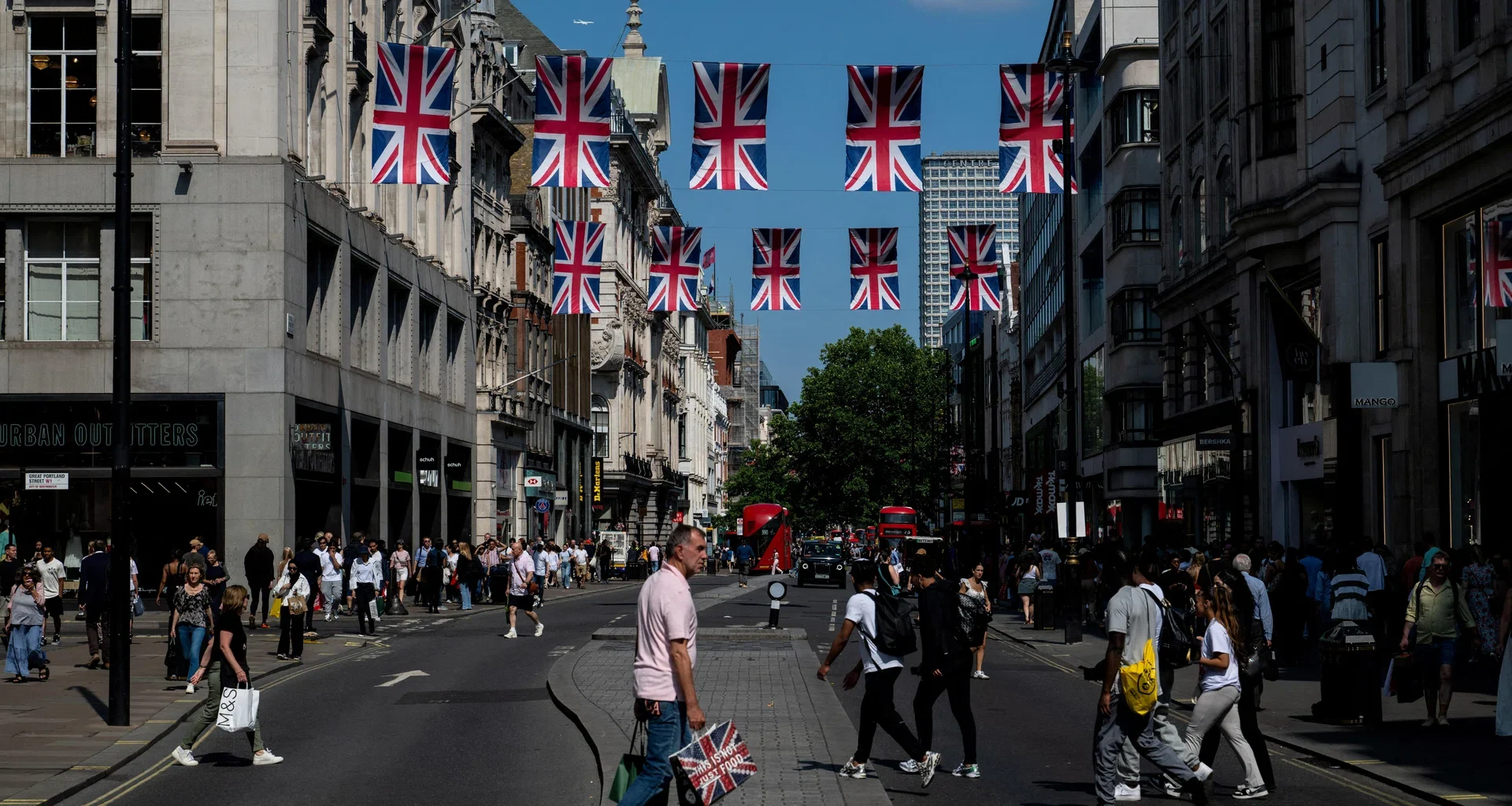In figuring out why the US tariff shock has not sent the economy or financial world into a tailspin, Britain’s exit from the European Union trade bloc provides something of a playbook – and without a particularly happy ending.
Aside from vast differences in economic scale and global reach, the two episodes bear some comparison in how they upended years of deeply integrated free trade and possibly in how business, the economy at large and financial markets reacted.
The 2016 Brexit referendum and US President Donald Trump’s tariffs this year were each widely billed as economic shocks that would send the financial world into paroxysms. They did not, at least not at the outset.
To be sure, both were followed by dramatic downward lurches in the two countries’ respective currencies. But to some extent, sterling’s steep drop after the referendum vote and the US dollar’s plunge on Trump’s tariff plan this year helped offset some of the wider impact – at least on stock markets that are loaded with global firms with outsized foreign revenue.
More broadly, however, the difficulty in isolating their immediate net impact means no “big bang” economic crisis unfolds to prove critics right – even if their enduring legacy turns out to be a slow burn of economic potential and lost output, often obscured by multiple other crosswinds.
Slow burn
In Britain’s case, the seismic effects of the Covid-19 pandemic distorted any attempt to easily assess Brexit when it actually happened. Tortuous negotiations with the EU meant the UK’s departure eventually occurred on the eve of the health crisis in 2020, and the new trade rules did not come into force until a year later.
BT in your inbox
Start and end each day with the latest news stories and analyses delivered straight to your inbox.
But in the four years between the referendum surprise and the pandemic, the UK economy never entered a recession nor recorded a negative quarterly gross domestic product print – confounding pro-EU supporters at the time and bolstering the Brexit lobby.
Emerging from the twin hits, however, the economy has almost flatlined since.
FTSE 100 stocks, helped by the weaker pound, kept pace with the S&P 500 and world indexes for about a year after the referendum before chronic underperformance set in. Since 2018, the UK market has lagged MSCI’s all-country index by some 35 per cent.
What is more, it has taken more than eight years for the pound’s effective exchange rate to recover its pre-referendum levels.
Few mainstream economists now doubt that Brexit has taken a serious toll on the UK economy – even if blame for that gets sprayed in multiple directions – and oceans of ink have been spilled trying to disentangle the precise impacts.
One academic study by a number of Bank of England economists earlier this year concluded that uncertainty following the referendum resulted in little change in goods exports and imports before the exit was finalised. But after the new rules hit, UK imports fell 3 per cent and overall exports fell 6.4 per cent, largely because of the 13 per cent hit in exports to the EU.
While this slump seems relatively modest compared to the official forecasts of the longer-term hit, the pain has been borne disproportionately by small businesses. Additionally, these findings exclude the Brexit hit to services and London’s finance sector, which registered a much bigger economic dent.
And the cumulative damage to London and the service sector over the next 10 years continues to worry the city.
“Lighting a fire”
The US tariff story is of a completely different order, of course, as it will reverberate across the world economy. But there are some parallels, not least in certain aspects of the market reactions and the initial resilience.
Economists estimate that the tariffs could lop anywhere from 0.5 per cent to 1 per cent off US GDP over time. That is a US$150 billion to US$300 billion hit which, though painful, would not be an instant crisis for an economy that is growing at a roughly 2 per cent annualised rate, where imported goods represent just 11 per cent of GDP, and where tech and artificial intelligence trends are generating considerable tailwinds.
But as former White House economic adviser Jason Furman pointed out in a New York Times essay last week, the tariff damage is likely not a one-off hit. The loss of 0.5 per cent of GDP, he argued, is “the equivalent of every household in America taking around US$1,000 and lighting it on fire – then doing it again every year. Forever.”
In the end, the main point of the British comparison is to show how extreme partisan arguments on the pros or cons of such giant economic policy changes do not necessarily get resolved cleanly in adaptive, hardy and hyper-complex modern economies.
The upshot is there is rarely a big crash to prove a point. And that in itself is unnerving if politically-motivated policies then appear workable on the surface and resist instant pushback – only to act as a drain on the economy over a protracted period.
Many observers reasonably argue that sovereign democratic politics should always trump economic conventions and even directions.
But do people eventually notice when it goes wrong?
The latest YouGov opinion poll shows 56 per cent of Britons now think it was wrong to leave the EU – some nine years after their narrow vote to leave. The jury on Trump’s tariffs is still out. REUTERS
